Peter Gleick: Transcending Old Thinking About California Agricultural Water Use
The debate about water use in California agriculture is stuck in a 30-year-old rut; relying on outdated and technically-flawed thinking that is slowing statewide efforts to meet 21st century challenges.
This is exemplified by the recent release of a study authored by researchers at the Center for Irrigation Technology (CIT) and funded by a Sacramento-based farm lobby group (the California Farm Water Coalition) and the U.S. Bureau of Reclamation. The CIT study uses old theories of water-use efficiency to argue that the potential to improve efficiency of water use in California agriculture is tiny. If the authors of the study are right, the only options for saving water in California agriculture would be to dramatically change crops or to take a considerable amount of agricultural land out of production – which would be bad news for our farming communities, our economy, and our environment. The good news is that they are wrong.
A newly published peer-reviewed article in the journal Water International examines the flaws in these old arguments and comes to exactly the opposite conclusion – there is great untapped potential to increase the productivity of California agriculture while reducing water and energy use, reducing serious water-quality contamination in the Central Valley, and increasing the reliability of water supplies during droughts and other water shortages.
The old approach, developed in the late 1980s and 1990s, calls attention to evaluating water use in basins as a whole, rather than on single farms or fields, and partly distinguishes between consumptive and non-consumptive uses of water. This “basin approach” argues that in water-stressed places like California, most water is ultimately used beneficially or productively, even if there are small-scale or field inefficiencies. It assumes that most losses are simply re-captured and re-used somewhere else downstream and therefore, there is no real potential for improving water efficiency. This way of thinking was helpful in clarifying some issues around the scale and scope of water efficiency, but it does not adequately address key issues of concern today including droughts, water-quality degradation, the ability to improve water productivity, and an array of environmental problems.
The new Water International article points out that there are three fundamental flaws inherent in the narrow basin approach:
1. The basin approach largely underestimates the potential for better technology and management to reduce unproductive or non-beneficial evaporation or other consumptive losses of water.
The basin approach assumes that any water that is consumed is productively and beneficially used. This is wrong. Examples of unproductive and non-beneficial uses of water include the wind-blown water coming off large sprinklers running in the hot sun, the evaporation of water from flooded fields, or loss of water to grow weeds. Many improved water management practices, including irrigation scheduling and deficit irrigation have been shown in dozens of studies to reduce unproductive consumptive use of water. And their water savings benefits and economic advantages explain why California farmers have increasingly implemented these strategies over the past several decades. More and more farmers are adopting water stewardship practices, but much more can be done, as we showed in a comprehensive assessment in 2009.
2. The narrow “basin approach” completely ignores the potential to improve water-use “productivity” because it only values “new” water.
In the twentieth century, the primary focus of water policies was to make more “new” water available for human use by building infrastructure to store, move, and distribute water. As a result, the basic theory behind traditional water-use efficiency assessments often assumes or implies that the only important value of water-use efficiency improvements is to produce “new” water; if an efficiency policy or technology doesn’t generate water that can be taken from a farmer and given to someone else, it is ignored or discounted.
Indeed, there are substantial opportunities to produce “new” water through conservation and efficiency practices. But “new” water is not, and should not be, the only measure for evaluating efficiency programs. Total water use is now understood to be a poor indicator of the value or productivity of water, and a poor indicator of true efficiency. For example, there have been vast improvements in crop yields or income to farmers from water-efficiency improvements, measured as dollars of GDP per unit of water used (“economic productivity”) or crop yield per unit of water used (“yield productivity”). We regularly talk with farmers who have installed efficient irrigation systems who tell us that they are not saving any water, but who then go on to talk about the much higher production or the reductions in diseases that they’ve gained. These are real benefits.
In California between 1989 and 2009, yield productivity for field and seed crops increased from around 1.6 to nearly 2.5 tons per acre-foot, with no increase in total water withdrawal. In the old thinking, this kind of improved productivity doesn’t count, because it doesn’t produce “new” water to give away. If the logic of the “basin approach” had been applied to California water policy, these massive productivity gains would not have happened. As long as some continue to focus only on the narrow goal of freeing up “new” water and not on the broader issue of improving water productivity, they will continue to misunderstand and misrepresent the broader societal benefits of efforts to improve water-use efficiency.
3. The basin approach fails to account for the many other “co-benefits” of efficiency actions.
Such “co-benefits” include improved water quality, reductions in water-related energy costs, elimination or delay of additional capital investments for new supply and conveyance facilities, improved instream ecological health, greater water-supply reliability during drought, and improved crop quality. Like increases in crop yields or farmer income, discussed above, these co-benefits often accrue even when there is no “new” water produced. These are not only real benefits, they are often extremely valuable. Old policies that continue to insist that water-efficiency programs produce “new” water will underestimate the true economic, environmental, and social value of efficiency improvements and this means that we will under-invest in agricultural water efficiency improvements.
It is time to get out of the rut and move on to a more useful approach to water management, driven by proper water accounting and incorporation of the concepts of water “productivity” and “co-benefits.” Research from the Pacific Institute and others, based on on-the-ground experience in California’s farm fields, has demonstrated over and over that a wide range of water stewardship practices improve water quality, improve habitat, cut energy costs, and increase the productivity of California’s agriculture with the water we’re already using.
There are no silver bullets to California – or global – water problems. Water conservation and efficiency practices offer one set of tools to reduce pressures on scarce water supplies. Other options, such as increased storage, better groundwater management and conjunctive use, water recycling, and other choices that seek to expand water supplies or reduce demands, are also needed in many regions. Every basin is different, and therefore the mix of demand-side and supply-side solutions will vary according to what is hydrologically, economically, socially, and politically possible. But it is clear that there is still substantial room for improvement and that many innovative farmers and irrigation districts are already achieving far higher water savings than the proponents of the basin approach claim are possible. The water stewardship practices employed by innovative farmers and districts should be highly lauded and encouraged, rather than undermined, as their on-the-ground efforts will allow the California agricultural sector and environment to continue to thrive in an increasingly uncertain future.
Peter Gleick
Originally published by the San Francisco Gate on December 4, 2011.


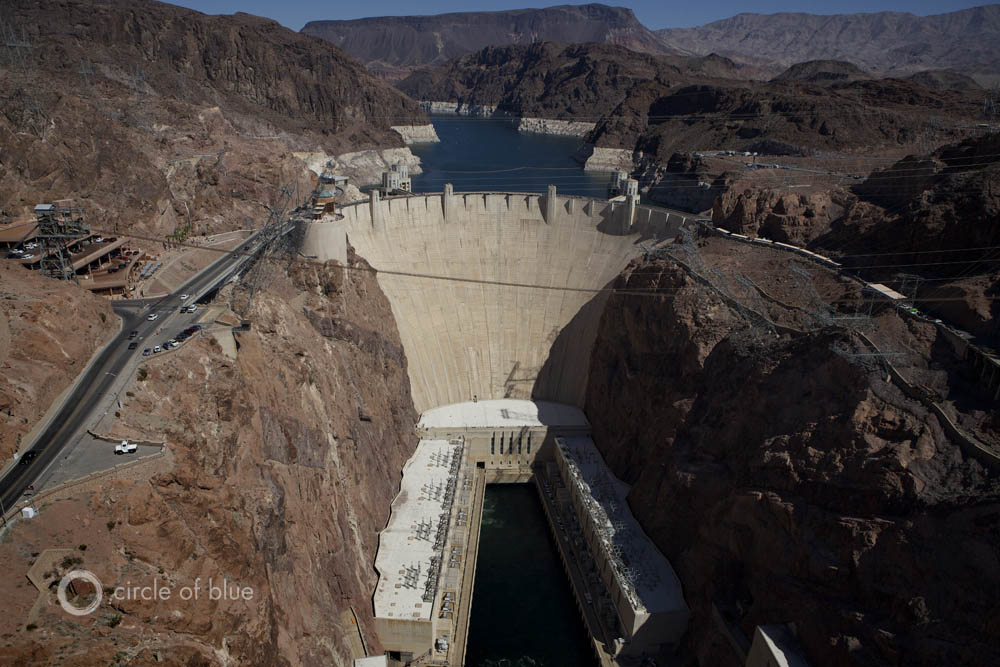

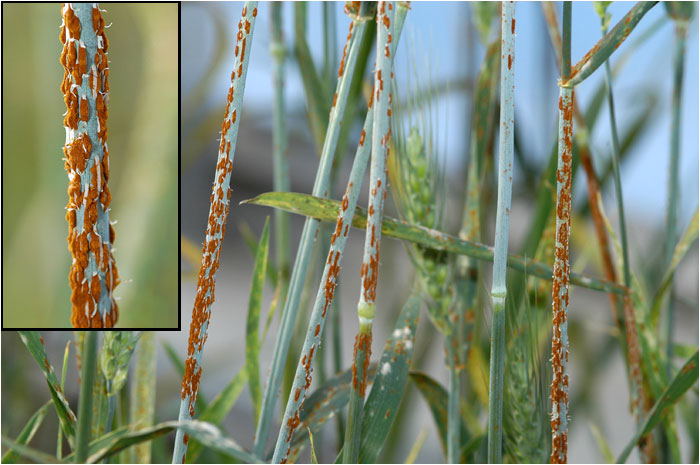
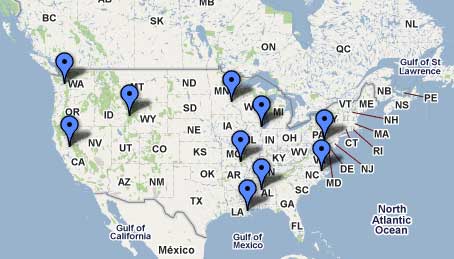
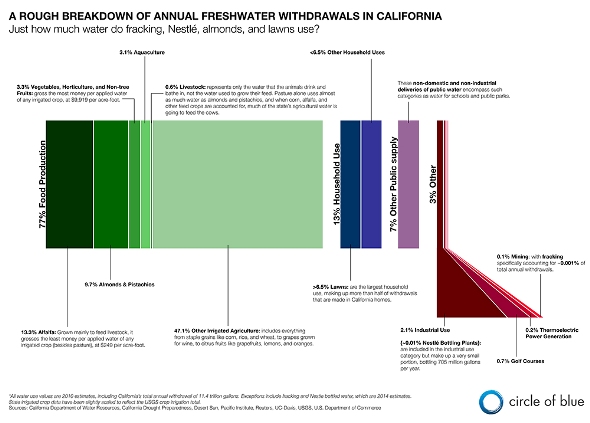
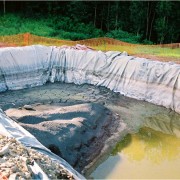

Leave a Reply
Want to join the discussion?Feel free to contribute!